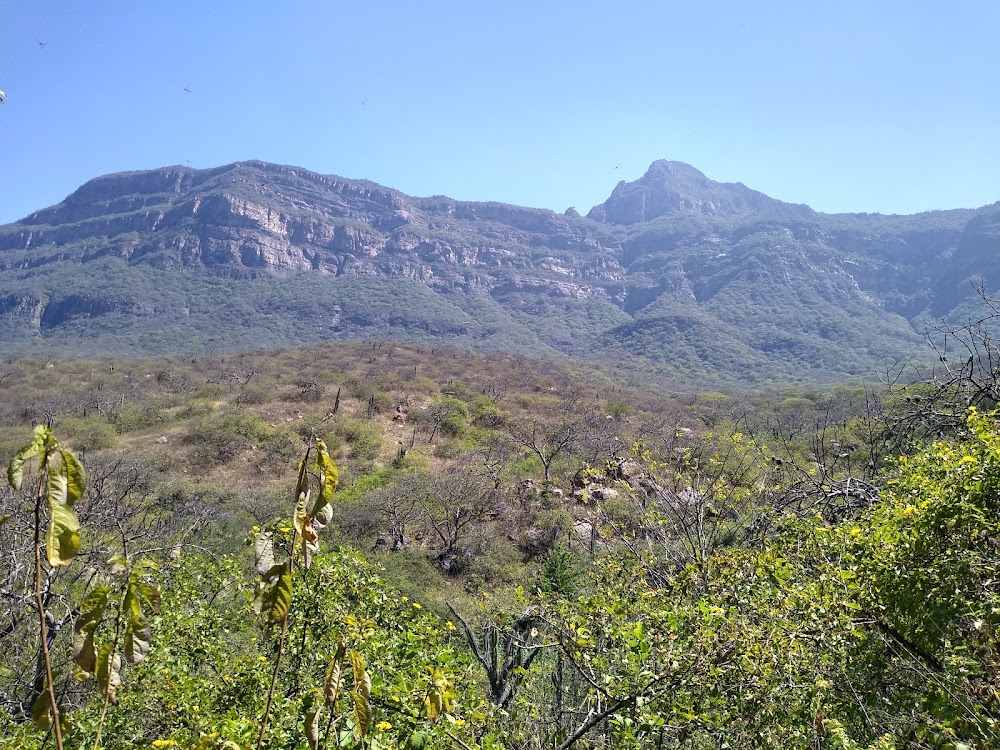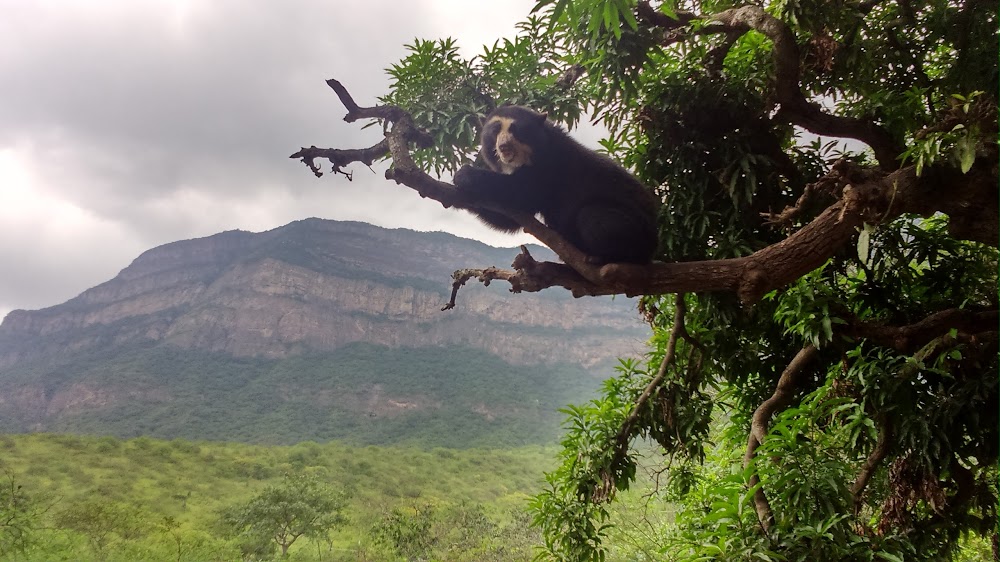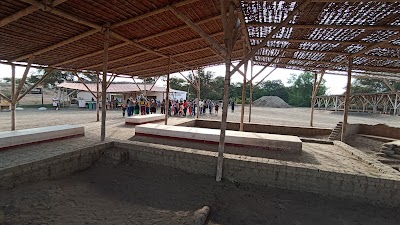Chaparrí Ecological Reserve (Reserva Ecológica de Chaparrí)
Overview
**Reserva Ecologica Chaparri** is a remarkable conservation area located in the heart of Lambayeque, Peru, dedicated to preserving the region's unique flora and fauna. The initiative began in the late 1990s when a group of local residents and conservationists recognized the urgent need to protect the area's rich biodiversity. The driving force behind this inspiring project was the farming community of Santa Catalina de Chongoyape, which saw a golden opportunity to transform their land into a sanctuary for wildlife while serving as a model for sustainable development.
In 1999, with the guidance of the leading environmental NGO APECO, community members took a significant step by forming a communal conservation area. Their vision was clear: to safeguard the region's dry forests, one of the most threatened ecosystems worldwide. The reserve officially opened to the public in 2001, showcasing its dedication to nature conservation and promoting ecotourism as a means of sustainable livelihood.
**Chaparri** spans an impressive **34,412 hectares**, featuring a diverse landscape that ranges from arid plains to rugged mountains. This varied terrain supports a wealth of wildlife, including several endemic species. Among the most notable inhabitants are the Andean bear, also known as the "spectacled bear," and the endangered white-winged guan, both of which find refuge within the reserve's protected boundaries.
A standout feature of Chaparri is its **community-based management model**. Local residents play a vital role in all operations, from guiding tours to monitoring wildlife. This inclusive approach not only ensures the preservation of natural resources but also creates sustainable livelihoods for the inhabitants of Santa Catalina de Chongoyape. By fostering a sense of ownership and responsibility among community members, Chaparri has become a shining example of effective conservation efforts.
In addition to its ecological significance, the reserve places a strong emphasis on **cultural preservation**. Visitors have the opportunity to immerse themselves in the traditions and practices of the local population, enhancing their experience and allowing them to appreciate both the natural beauty and rich heritage of Lambayeque.
The infrastructure within Chaparri is thoughtfully designed to minimize environmental impact. Trails are carefully laid out to protect the fragile ecosystem, and eco-friendly accommodations invite visitors to experience the tranquility of the reserve. Regular educational programs and workshops are held to raise awareness about environmental conservation and sustainable practices, fostering a deeper understanding of the region's ecological treasures.
The success of Chaparri can be attributed to its **strong partnerships**. Collaborations with national and international conservation organizations have provided essential support in terms of funding, research, and expertise. These partnerships have enabled Chaparri to implement various conservation projects, including reforestation, wildlife rehabilitation, and environmental education.
Over the years, Chaparri has gained recognition as a pioneering model for community-led conservation. It demonstrates that it is indeed possible to harmonize ecological protection with economic development. The reserve continues to inspire similar initiatives across Peru and beyond, showcasing how local communities can make a significant impact in the fight against biodiversity loss.
**Reserva Ecologica Chaparri** stands as a beacon of hope for both conservationists and local communities. It is a testament to the power of collective action in preserving the natural wonders of our planet for future generations. Visitors to Chaparri will leave with not only a sense of awe for its breathtaking landscapes but also an appreciation for the dedicated efforts of the local community in safeguarding this precious environment.






